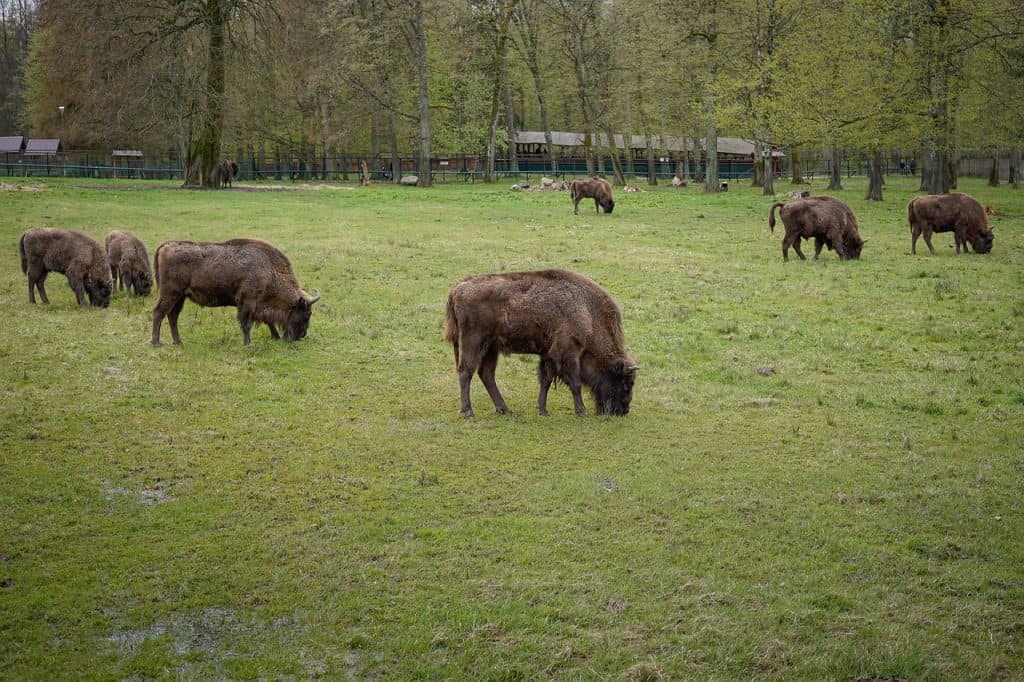Sobibór Landscape Park was established to protect forests with peat bogs and mid-forest lakes located in the eastern part of the Łęczyńsko-Włodawskie Lakeland. The most valuable fragments are protected in the form of six nature reserves.
The topography of the Łęczyńsko-Włodawskie Lake District is exceptionally flat. The Central Polish glaciation had a decisive influence on the current shape of the surface. It has left behind specific types of sediment. On large surfaces, there are lake and river accumulation forms, hydro-glacial sands and aeolian sands that form distinct hills or dune embankments. The shape of the surface and the substrate in the form of postglacial sediments resulted in the development of specific soils. The plateaus are covered with various types of podzolic soils of low agricultural use, while the depressions are occupied by peat soils.
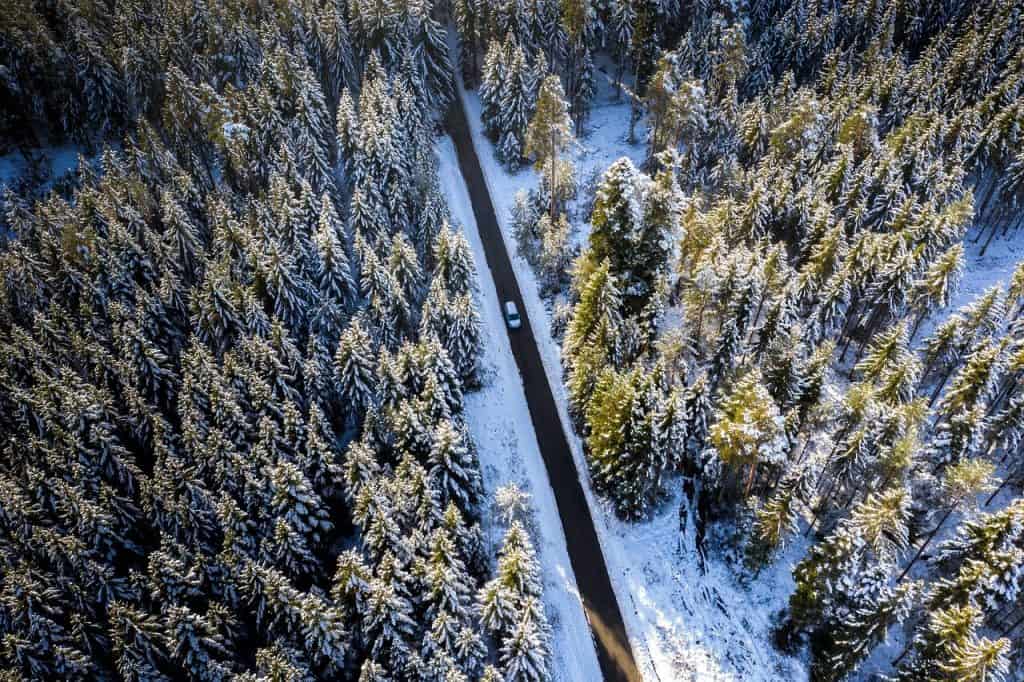
The flat terrain and abundant vegetation significantly reduce the surface water movement, which causes local swamps. Sobiborski Landscape Park is situated in the Bug river basin. The river network in this area is very poor. Sobiborski Landscape Park is drained by a small river Tarasienka and a system of drainage ditches. The areas adjacent to the Park are cut by the Włodawka, Krzemianka and Bug rivers. There are also 5 springs in the Park and its buffer zone, which are characterized by a relatively low efficiency.
A characteristic feature of the Park is the presence of seven mid-forest lakes, only small fragments of which are accessible. These lakes have different genesis, morphometry and limnological characteristics. The largest of them is Wspólne, which, like Koseniec, Perespa and Płotycze, has eutrophic waters. Lakes Brudzieniec and Brudno have eutrophic-dystrophic waters, while Orchowe waters have dystrophic ones. A characteristic feature of these lakes is the inaccessibility of their shores caused by the surrounding mid-forest marshes and peat bogs. Due to the unavailability of the shores and the vicinity of the marshes, they were never fully developed and retained their outstanding natural values.
Flora
The area under protection is one of the most valuable parts of the Sobibór Forests. There are almost all types of habitats typical of lowland forests, the largest of which are: dry, fresh, wet and marshy coniferous forest with boreal vegetation typical of the north-eastern part of Europe (the so-called taiga). In each of them, pine dominates the stand, and the admixture species change depending on the abundance of the habitat and humidity. The exception in coniferous habitats, where pine has a small share, is marsh birch, where mossy birch and black alder dominate. There are alders in local depressions near the watercourses. Peat bogs are a characteristic plant formation of the Park. There are all three types here: low, transitional and high. The most fertile low bogs developed in depressions, in areas supplied with flowing water. Transitional bogs develop around dystrophic lakes. It is a joint, bending under the weight of a man, made of entangled sphagnum mosses and roots of vascular plants, mainly sedges. Under the conditions of complete inhibition of water flow, raised bogs appear in ground depressions. They are fed only with rainwater.
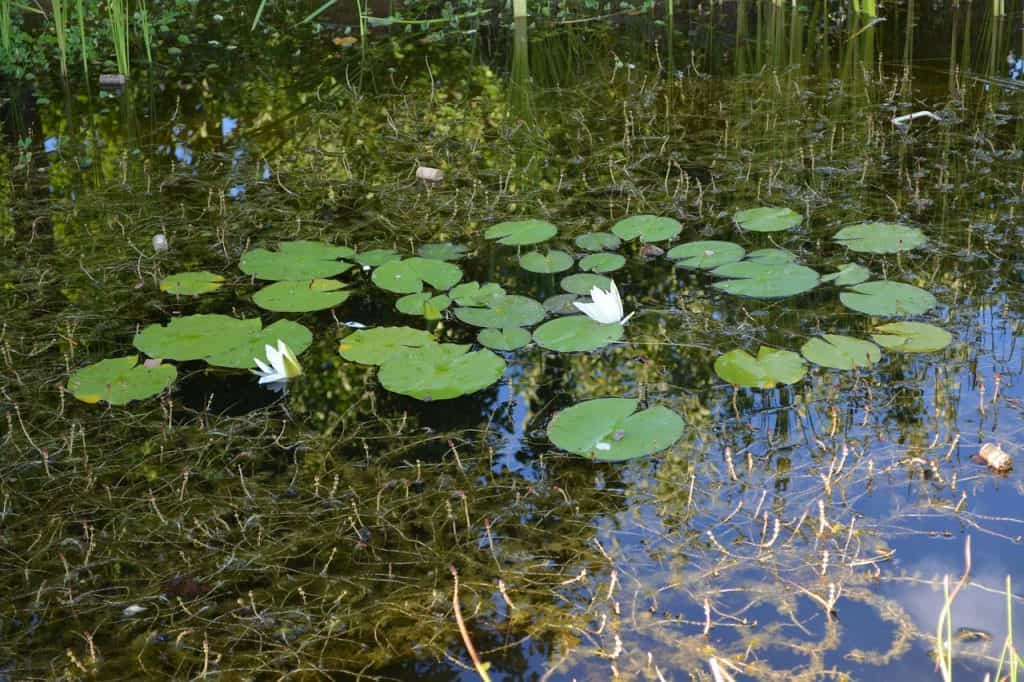
There are many species of rare plants in the Sobibór Landscape Park. In the bogs there are plants that are a relic of the postglacial period: willows – Sami and bilberry, sundew and low birch. In wet meadows you can see blooming Siberian iris, delicious cloves and European flower beds. In fresh forests there are club mosses: clove, wroniec and flattened. In moist forests, the juniper moss is very numerous. Rare plants protected in the oak-hornbeam forests, which cover a small area here, are represented by: aconite, common periwinkle, golden-headed lily and daffodil, as well as orchids: woodland creeper, red-and-thyme and white thorns. A large area of the park is covered by less and less frequent thermophilic sandy grasslands. In forest clearings, roadsides and railway embankments, you can meet sand cloves and sandworms. The plant symbol of the Sobibór Landscape Park should be the Lithuanian viscera growing in these habitats. The eastern part of the Lublin region is the only place of its occurrence in Poland.
Fauna
A small degree of environmental transformation, hard-to-reach terrain and large diversity of habitat conditions determine the richness of fauna in this area. The great natural values of this area contributed to its recognition as a nature refuge of international importance, incl. in the CORINE and ECONET-POLSKA systems. There are several packs of wolves in the Park and its immediate vicinity. Wet forest stands are the mainstay of elk. Near every lake you can find beaver lodges, and there are traces of otter at the shores. Rare species of rodents are represented by smudge and dormouse. In addition, there are 13 species of bats in the Park and its vicinity, among which the most interesting are: Bechstein’s nocturnal, Natterer’s nocturnal, calf-haired nocturnal, golden scot and silver-plated moth. The lynx, which has been seen here every year since 2010, is one of the fauna phenomena that testify to the “wildness” of these areas. The park, rich in lakes and marshes, abounds in many species of fish. The most interesting are: rose, eel, sunflower, slime and goat. In wet forests and peat bogs there is a very rare fish that is a glacial relic, included in the red list of endangered animals in Europe: the marsh minnow. The vicinity of dry and wetlands made the Sobibór Landscape Park an ideal habitat for amphibians and reptiles. Of the rarer species of amphibians there are: crested newt, green toad, natterjack toad. Noteworthy are the large populations of reptiles: the viper, grass snake and lizards: viviparous, sand and slowworm. On sandy forest paths and dry meadows located near canals, lakes and swamps, there are breeding grounds of the European pond turtle – the population of which is the highest in Central Europe.
The breeding avifauna of the park is very rich. Even in the 1990s, you could meet black grouse tooting in the forest clearings. Currently, you can see a couple of white-tailed eagles flying over one of the lakes, a few pairs of lesser spotted eagles, eagle owls and black storks inhabiting the edges of wet forest stands, and a gadozer and a black kite are also seen here. Mid-forest peat bogs are currently inhabited by several pairs of the gray tawny owl, the first breeding of which in Poland was found in 2010 in the Sobibór Landscape Park. In the pine forests of the Sobiborskie Forests, another very rare owl was found – the woolly owl, which eagerly occupies the hollows of the black woodpecker and nesting boxes suspended especially for it. On the outskirts of wild lakes, the golden-doe nests – the duck, which breeds in hollow trees.
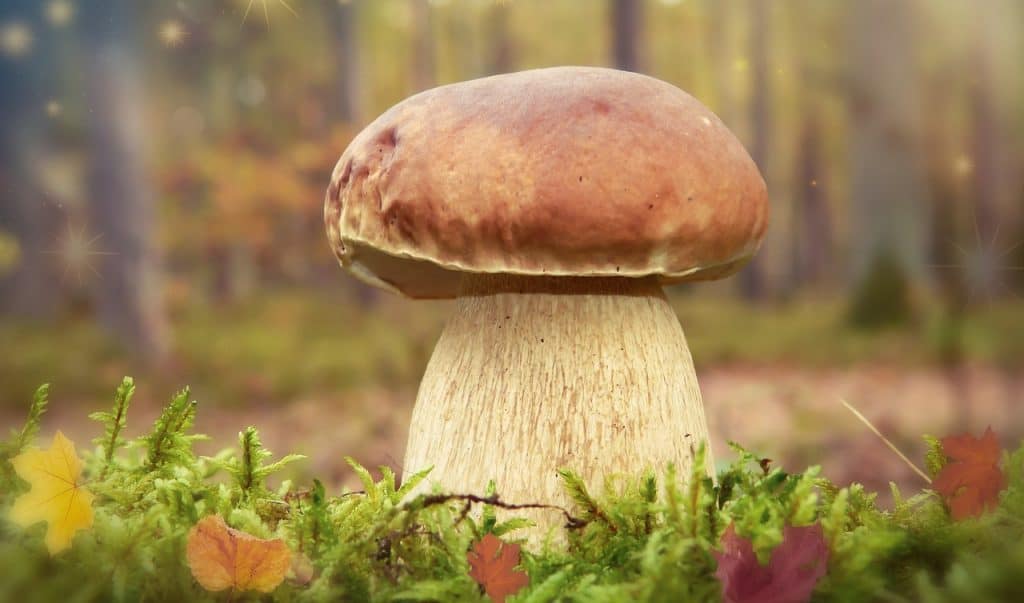
Tourism
The Sobibór Landscape Park and its surroundings are areas with excellent conditions for tourism. Pedestrians are dedicated to PTTK routes: yellow “Seven Włodawa Lakes”, black “Sobiborskie Forests”, green “Sobiborska Loop”, blue “Three Lakes”, and red “Nadbużański” – one of the longest and most attractive routes in the country. The park is crossed by the red Bug River Bicycle Trail, the Green Velo Eastern Bicycle Trail with numerous Cyclist Service Areas and the Poleski Horse Trail. In the southern part of the Park, there is a 6 km long “Stulno” nature path, which allows you to get to know various forest habitats as well as the Brudno and Płotycze lakes. The historic railway line Chełm – Włodawa, which is open in the summer, runs through the Park. It runs through the most important settlements of the Park and its buffer zone: Wola Uhruska – with numerous agritourism farms, a scenic tower on a high escarpment and a bathing beach by the Bug old river bed, Sobibór – with a museum and memorial site of the German Nazi death camp and the seat of the Sobibór Forest District, Orchówek – a great starting point to the lakes intended for tourism and recreation of Glinka and Biała, and to the district city of Włodawa.
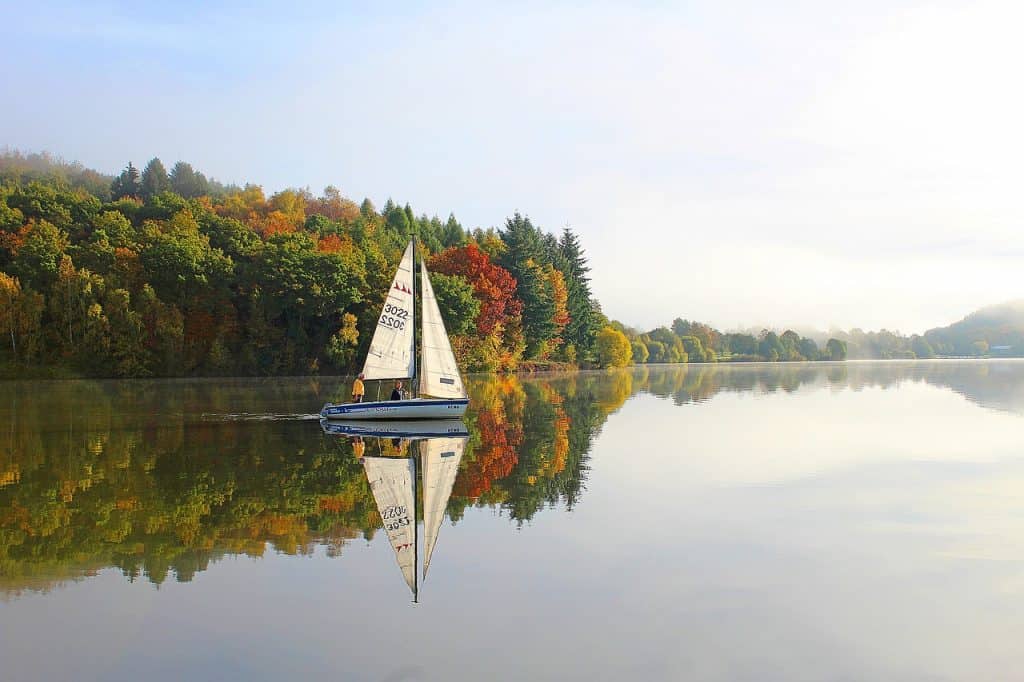
The buffer zone of the Sobibór Landscape Park is adjacent to the Białe Lake, which is the tourist center of this region and attracts many water sports, swimming and leisure enthusiasts every year. In summer, records are set for attendance here – on warm weekends, up to 70,000 tourists can come to the lake. Despite such a great tourist pressure, Lake Białe is one of the cleanest in the Łęczyńsko-Włodawskie Lakeland. This is due to its excellent self-cleaning properties due to its large area (106.4 ha) and depth (33.6 m). In the buffer zone of the Park there is also the Bug River, which is the eastern border of Poland and the European Union – it is one of the last large rivers in Europe with an unregulated bed and a natural valley. Within 5 km from the borders of the Park, there is the city of Włodawa with numerous monuments and the Festival of Three Cultures organized in honor of the multicultural history of the city. This event aspires to be one of the most important cultural events in Poland. In the Orchówek Park, located on the border of the buffer zone, there are perfectly arranged places for tourists and an observation tower with a view of the Bug valley and the nearby Buzysko region. A few kilometers to the east, on the Bug River, there is the so-called Tripoint – the point where the borders of Poland, Belarus and Ukraine meet.
The article was based on materials from the official website of the Sobibór Landscape Park.
